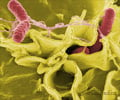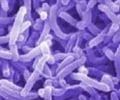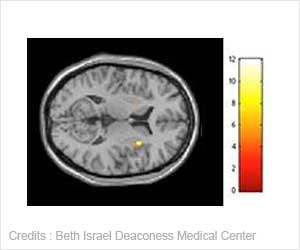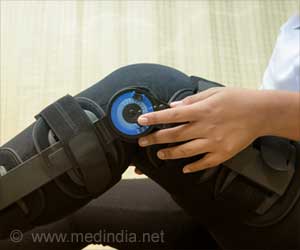A new form of paper made of super-thin sheets of carbon could help fight disease-causing bacteria in with better food packaging to keep food fresh longer and shoes to ward off odor.

Since then, its commercial and industrial uses are being found.
Scientists have tried to use graphene in solar cells, computer chips, and sensors. Fan and Huang decided to see how graphene affects living cells.
They made sheets of paper from graphene oxide, and then tried to grow bacteria and human cells on top. Bacteria were unable to grow on the paper, and it had little adverse effect on human cells.
"Given the superior antibacterial effect of graphene oxide and the fact that it can be mass-produced and easily processed to make freestanding and flexible paper with low-cost, we expect this new carbon nano-material may find important environmental and clinical applications," the report says.
The report about the anti-bacterial material was published in the journal ACS Nano.
 MEDINDIA
MEDINDIA



 Email
Email






